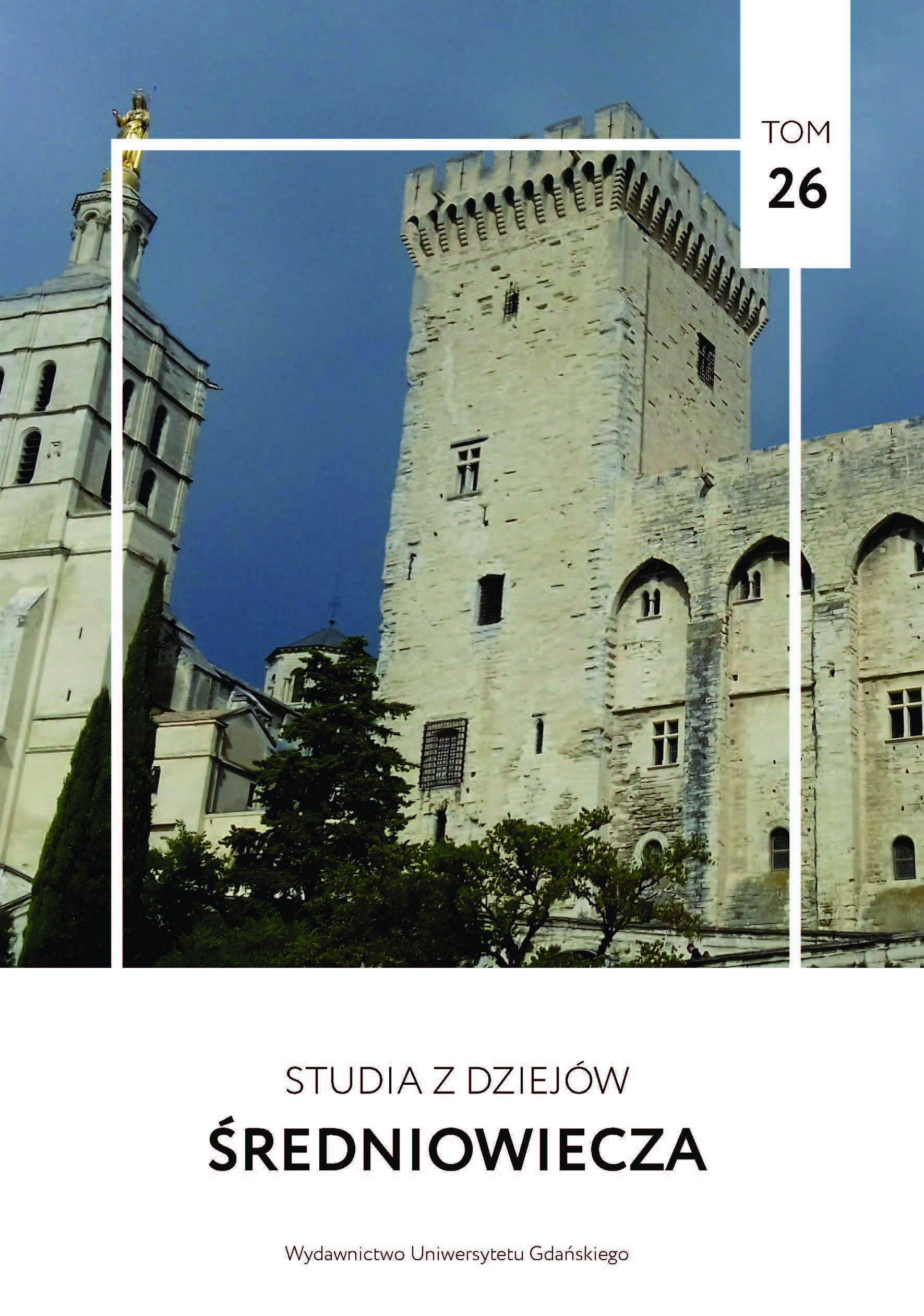Elita rycerska krzyżackich Prus w świetle listy gwarantów pokoju brzeskiego z 1436 r. Próba charakterystyki
The knightly elite of Teutonic Prussia in the light of the list of guarantors of the Brest peace of 1436. Description attempt
Author(s): Sobiesław SzybkowskiSubject(s): Military history, Political history, 15th Century
Published by: Wydawnictwo Uniwersytetu Jagiellońskiego
Keywords: knightly elite; medieval Prussia; peace treaties; guarantors;
Summary/Abstract: The Prussian knights, who were the guarantors of the Brest peace concluded on December 31, 1435, so far were sought in the list of persons who were proposed as guarantors from January 1436. It included 195 knights. However, the final list of guarantors is con‐ tained in the treaty document of the Teutonic side, which was sub‐ mitted to the Polish side on August 1, 1436. The text of the peace document includes 131 knightly guarantors, but only 109 of them were Prussian knights (44 of them were accolade). However, 5 more knights possible to be identified should be added to the Prussian guar‐ antors mentioned in the document, who have put their seals in, but are not mentioned in the text of the treaty. This comes to a total of 114 knightly guarantors from Prussia, who can be identified on the basis of information from the treaty document. In addition to the Prus‐ sians, 18 knights from Livonia (including three accolade knights) and four from New March (including no accolade knight) were included as guarantors. A prosopographic analysis of Prussian guarantors shows that the greatest number of them were knights from Upper Prussia and the Chełmno land. Out of the 114 knights there were 61 of them, and as many as 28 of them were from the small Chełmno land. It also seems that the vast majority of knightly guarantors came from fami‐ lies having longstanding affiliations with Prussia, even though the knightly elite could still be joined by newcomers, such as Botho von Eulenburg, a member of the great master secret council. Among the knightly guarantors, we were able to identify only one person from the city patriciate. This, together with the abovementioned conclusion concerning the origin of the vast majority of guarantors from families formerly settled in Prussia, allows for a cautious suggestion that the Prussian knighthood was already at the stage of gradually closing as a social group, which also occurred against the policy of its feudal superior. The participation of the knighthood as an active factor of political events in the 30s of the 15th century, the culmination of which was establishing the Prussian Union in 1440, probably allows to state that the “warrior” layer of Prussian knighthood, initially treated by the Teutonic Order “professionally”, has evolved into a social state – typical for the late medieval feudal states – and demanded its due participation in ruling over the state.
Journal: Studia z Dziejów Średniowiecza
- Issue Year: 2023
- Issue No: 26
- Page Range: 233-275
- Page Count: 43
- Language: Polish

